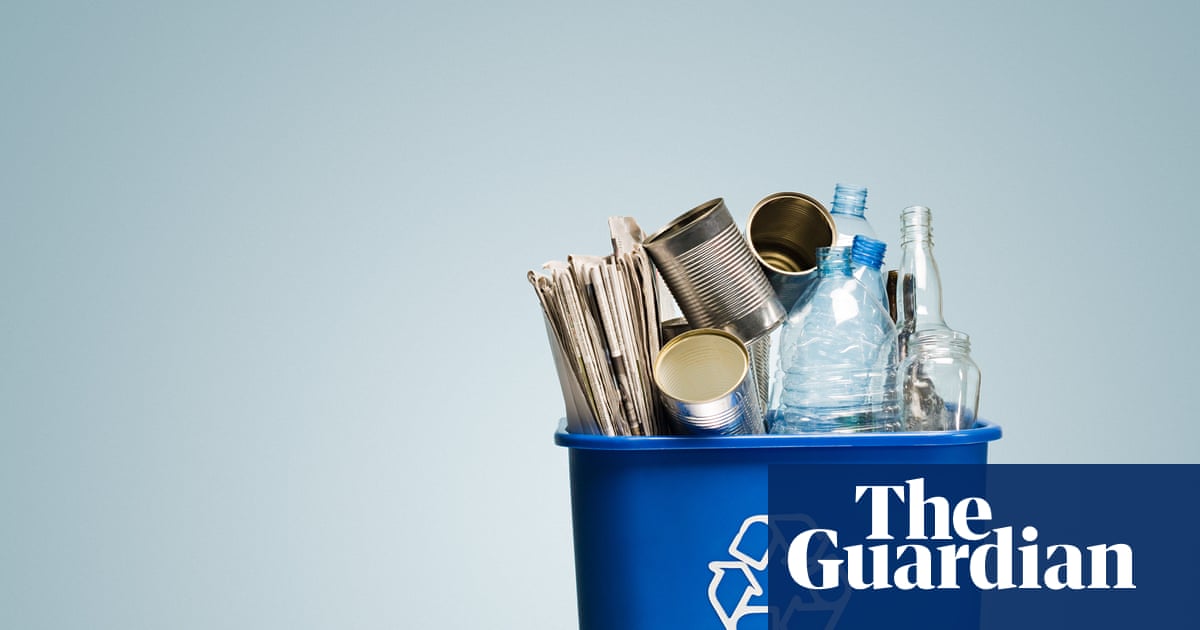[…]the widespread use of the symbol on products that are not routinely accepted for recycling is helping stoke “consumer confusion about what is recyclable and/or compostable” and is leading to “deceptive or misleading” claims on packaging, according to the US Environmental Protection Agency (EPA).
At issue is the use of the logo along with the “resin number” of different types of plastics. Resin one and two plastics, such as bottles and jugs, are the most easily recycled products, but those marked with numbers three to seven, categories that include plastic bags, styrofoam and plastic trays, are typically not recycled and are instead sent to landfills or burned.
The placement of the chasing arrows symbol upon these hard-to-recycle single-use plastics “does not accurately represent recyclability as many plastics (especially 3-7) do not have end markets, and are not financially viable to recycle,” the EPA said in its comments.

I think this is a good thing. Hopefully it will help people realize that we are using far too much plastic

I agree. But I think the largest problem is how much single-use plastics we have. It is ridiculous to me that we’ve gotten to the place we are with single-use plastics. The strength of plastics is their durability and longevity, and we’ve collectively decided that we should largely use them as temporary packaging.

Have we, though? I don’t think consumers have made that decision at all. I think companies have made that decision for us, because it’s so damn cheap. I would strongly prefer to buy products in degradable packaging, whenever possible, but that is so rarely an option. Toilet paper as an example. Why does that need to be sold in thin plastic that gets thrown out? Why can’t it be packaged in paper bags? Probably because manufacturers have decided that the fancy color they can print on plastic has an advantage with their advertising.
I digress. It’s not consumers who are thrilled about single-use plastic. We’re not even the ones doing the vast, VAST majority of polluting. It’s companies.

Your argument that companies made the decision for us is valid up until I start thinking about plastic cutlery.
Nobody is forcing anyone to buy plastic forks/spoons for their picnics or potlucks. That’s all a consumer decision based on the convenience of throwing the mess away versus washing dishes.
I don’t disagree with you at all, but I feel the need to point out that our hands aren’t clean either.

Sure, there are some customer decisions around. But most of the time the choice the customers have is between this package of plastic-wrapped toilet paper or the other package of plastic-wrapped toilet paper.
It’s not like there is usually also a package of paper-wrapped toilet paper, no matter how much sense that would make.

Part of the problem with plastic is that it is so damn good at what we use it for. If you are looking for, say, a lightweight, shatterproof, reasonably non-toxic material to affordably mass-produce a toy out of. plastic is there with few equals. If you need a thin, flexible, airtight membrane to wrap or seal something in, plastic is basically your only option. If you need an unbreakable, corrosion-resistant container for some chemical process, chances are your only choice is plastic.
I would love to see reusable, recyclable, and biodegradable alternatives push plastic out of its most commonplace uses, but for a lot of applications I think the only really viable alternatives are going to be biodegradable bioplastics. A lot of people have had bad experiences with the starch-based alternatives (those are the spoons that dissolve in your coffee before you can stir it, for example) but there are options like PHA coming into the market now that both last for a useful amount of time and biodegrade on a meaningful timescale.

There is an alternative that fits for many single-use packaging situation: Cellophane. It’s been around for over a century. Actually, it’s the oldest plastics. It’s compostable, and can even be recycled together with paper. Simple solution for many issues. But companies just don’t care, so just screw the planet.

This is certainly a good thing.
I feel like people missed the main point when this all started getting pushed back in the 90s. The campaign was “Reduce, reuse, recycle”, but everyone just focused on recycle. The reduce and reuse were mainly ignored, but are the more important aspects than recycle I think.

Reduce and reuse are not very profitable for companies, therefore it is not well-marketed.

Plastic recycling has got to be one of the biggest lies we’ve ever been fed. I’m sure it varies widely by location, but only a very few types of plastic are accepted in my area, and I’ve got my doubts that they go anywhere besides the landfill.
I just try to avoid buying products that use excessive plastics and especially single-use plastic items (the “reduce” part of reduce, reuse, recycle)

Yeah, it really sucks how they turned “reduce, reuse, recycle” on it’s head. Recycle was the last of these three on purpose.

Yes, places with glass and deposit systems are the best

Even the plastic types that do get recycled aren’t particularly economical.
I think there needs to be a major rethink of what is actually best for the environment. Landfills actually aren’t a bad option, IMO - when they’re properly designed they don’t pollute groundwater and the stuff put into them stays there indefinitely. Maybe someday they’ll even be useful to mine for resources.


